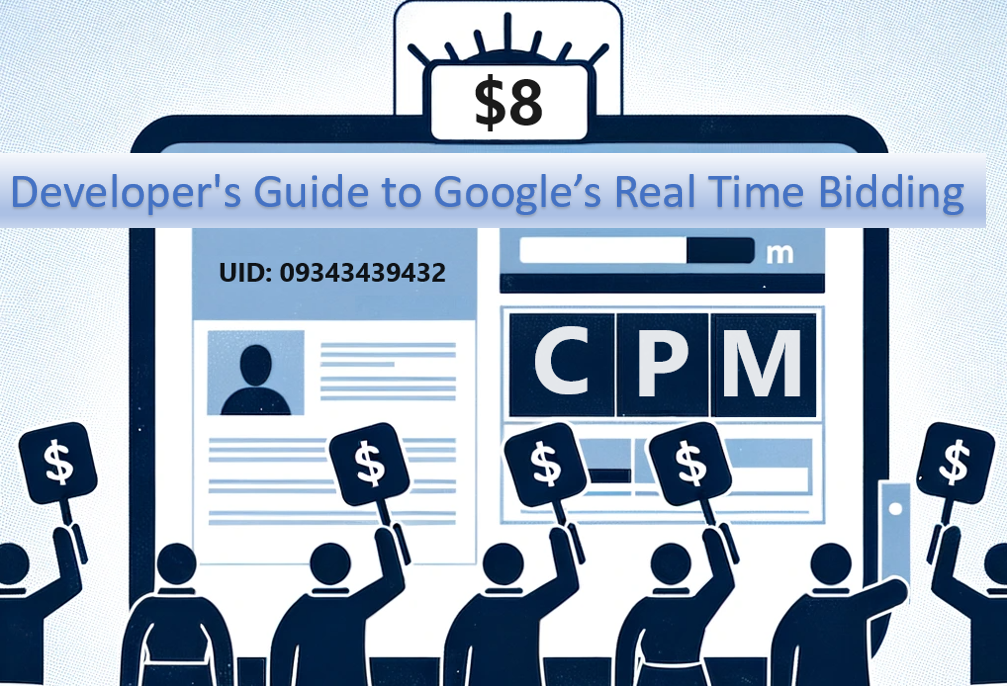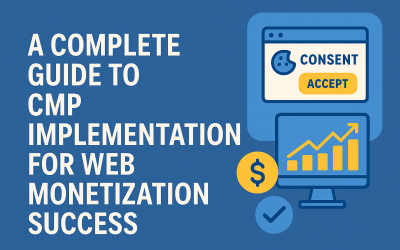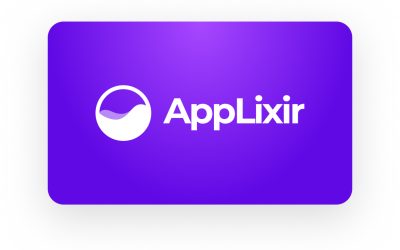As promised in my previous post, I will dive a bit deeper on topics discussed at the “Future Of Ad Montization” – this time, its “Game Developer’s Guide to Google’s Real Time Bidding”. I will cover the following points
-
- Google shift to real-time bidding has been postponed to January
- Talk more about bidding – as others follow suit – what will pubs do?
- Is it better to have a demand source across one channel? Or multiple points?
- Changes on admob
To easily follow the post, here is the table of content
[ez-toc]
Contents
Demystifying Google Real time Bidding & Waterfall Mediation
What is Real Time Bidding
![]() Real-time bidding (RTB) is analogous to a digital auction house where advertising space is auctioned off in real-time. Imagine you’re at a live auction where various art pieces are up for bidding. Each artwork represents an ad impression on a website. As each artwork is presented, potential buyers (advertisers) instantly raise their paddles to bid on the artwork they find valuable. The highest bidder secures the piece, and the transaction is completed rapidly. Similarly, in the digital world, when a user visits a website, RTB allows multiple advertisers to bid on the chance to showcase their Ad to that specific user. If an advertiser values a particular demographic or user behavior, they can bid higher to ensure their ad is displayed. The whole RTB process is lightning-fast, taking just milliseconds, ensuring users see the ad without any delay.
Real-time bidding (RTB) is analogous to a digital auction house where advertising space is auctioned off in real-time. Imagine you’re at a live auction where various art pieces are up for bidding. Each artwork represents an ad impression on a website. As each artwork is presented, potential buyers (advertisers) instantly raise their paddles to bid on the artwork they find valuable. The highest bidder secures the piece, and the transaction is completed rapidly. Similarly, in the digital world, when a user visits a website, RTB allows multiple advertisers to bid on the chance to showcase their Ad to that specific user. If an advertiser values a particular demographic or user behavior, they can bid higher to ensure their ad is displayed. The whole RTB process is lightning-fast, taking just milliseconds, ensuring users see the ad without any delay.
What is Waterfall Mediation
Waterfall mediation, on the other hand, is more like a priority-based queue at a store’s checkout counter. Imagine a store with multiple checkout lines, where each line is reserved for specific membership tiers: gold members, silver members, and regular customers. Gold members get the first shot. If they don’t make a purchase (or in the digital context, if an ad isn’t available), the opportunity shifts to the silver members, and then finally to regular customers. Similarly, in the online ad world, publishers have a ranked list of ad networks. The top-tier network gets the initial opportunity to fill an ad request. If it can’t meet the required criteria, the chance cascades down to the next network in line. This offers publishers a predictable structure, allowing them to prioritize networks they have more favorable relationships or agreements with.
Google Realtime Bidding Vs Waterfall Mediation
While both RTB and waterfall mediation cater to the online advertising ecosystem, they offer different advantages. Advertisers, through RTB, can achieve surgical precision in targeting, ensuring they reach the right audience. This level of specificity can lead to ads that resonate better with users, potentially yielding higher engagement and improved ROI. Publishers, on the other hand, benefit from the vast pool of advertisers competing in real-time, which can inflate bid prices, thus maximizing revenue potential.
In contrast, waterfall mediation offers stability. Publishers can rely on a structured, cascading system that can be tweaked to align with their preferences. This controlled approach might yield a consistent revenue stream, allowing them to craft a more tailored ad strategy.
What Does Google Real-Time Bidding Mean for Publishers?
When the announcement about real-time bidding came out, it had an instant effect, especially for app and game publishers. This is because AdMob is often their main source of ad revenue. So, any shifts related to it can shake up how much they earn.
Here’s a breakdown of the challenges this change introduced:
- Publishers had to tweak their tech systems to support Google’s new bidding approach.
- Google required publishers to run a two-week test comparing old and new methods.
- After a certain date, some partner restrictions made accessing Google’s ads more difficult.
- The most significant effect was on the rate and overall performance of ad earnings. Our tests showed that sometimes the new approach improved earnings. But, in some situations, earnings dropped by up to 10%.
What added to the uncertainty was that, after October 31st, the new bidding method would be the only way to go. Since some pricing rules will be removed, how this might affect ad performance is unclear, especially where AdMob was a major revenue source.
How can you get ready + How can AppLixir help?
As a publisher, understanding real-time bidding solutions can help optimize your ad revenue, especially with Google Ads demand. Through Ad Manager, you can use Ad Exchange to let ad sources compete in one auction, ensuring the highest bidder wins. If you’re on AdMob, there are similar real-time bidding options. With recent announcements, even publishers not using Google’s mediation products can benefit as Google bidding becomes more widely available.
With AdMob being a significant revenue source for many, testing different setups – like waterfall and hybrid – is crucial. This way, you can gauge the impact of changes. Adapting to real-time bidding solutions can enhance ad placements and overall performance, giving publishers a competitive edge in the evolving mobile ad world.
AppLixir is at the forefront of the digital advertising revolution, uniquely positioned to guide publishers through the transition to real-time bidding. With a proven track record as an industry leader, AppLixir offers innovative solutions tailored to ensure seamless adaptation, maximizing ad revenue while optimizing user experience. Trust in AppLixir to navigate the complexities of today’s evolving ad space, ensuring you stay ahead of the curve.




